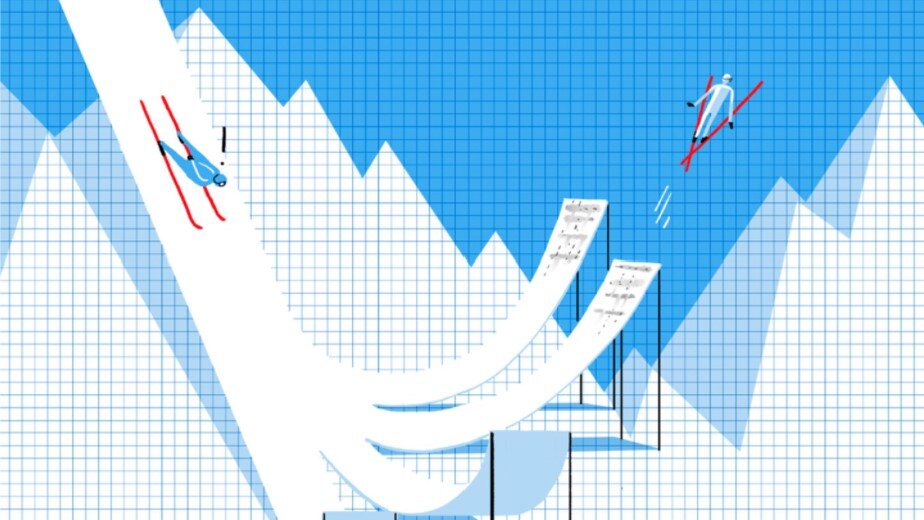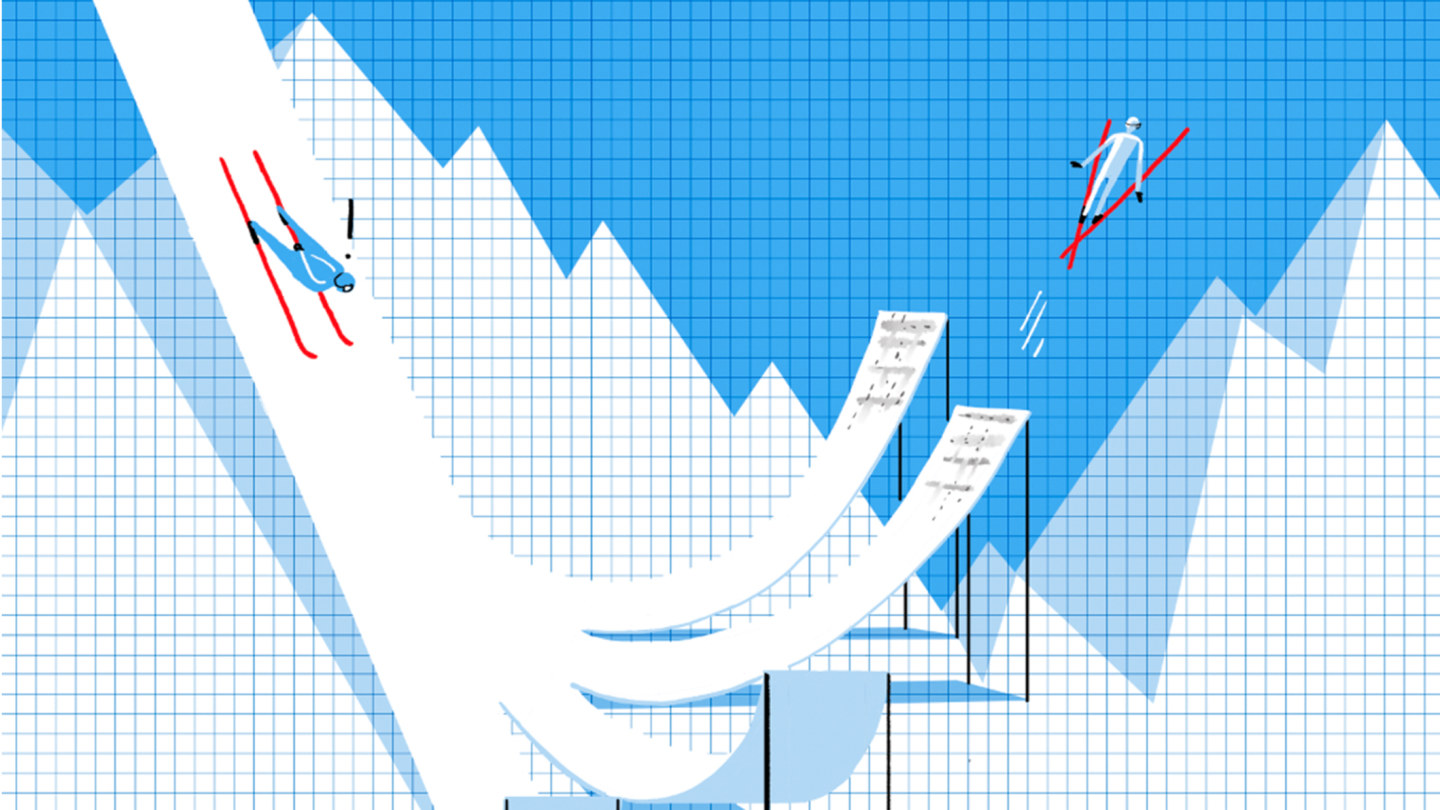
Below is an extract from Tony Featherstone’s Australian Financial Review article ‘14 disruptive trends you need to know about in 2022′ which was originally published in the Australian Financial Review on 23 December 2021. For the original article, please click here.

The choices facing investors are daunting – to stay on track and miss out or take a leap into almost unimaginable change.
In the sci-fi movie The Matrix, Keanu Reeves is offered a red or blue pill. The red pill represents an uncertain future and life-changing truth. The blue pill is contented ignorance.
For investors, choosing the red pill in 2022 means speculating in companies exposed to Web 3.0 (decentralised content), the metaverse (a three-dimensional internet), non-fungible tokens (digital uniqueness) and artificial intelligence (AI).
Investors who take the blue pill will stick with traditional industries. Some will resist the hype machine on tech disruption. Others know that picking long-term winners from technology disruption is like catching lightning in a bottle – dangerous and near impossible.
Many investors will defer to ignorance, believing disruption is something for the future, even though it is everywhere today. In doing so, they could miss the megatrend of megatrends: the digitisation of everything. They could own companies crushed by disruption.
Of course, the digitisation of everything doesn’t mean we’ll all become extras in The Matrix, where humanity is unknowingly trapped inside a simulated reality that machines control. But digitisation is happening faster than expected across industries, products and services.
Loftus Peak CIO Alex Pollak discusses 5G, Internet of Things (IoT), and Artificial Intelligence (AI).
5G
Alex Pollak, chief investment officer of Loftus Peak, says the fifth-generation (5G) mobile network – a new wireless standard designed to connect almost everyone and everything – provides the architecture for disruption. 5G is designed to deliver higher connection speeds and massive network capacity.
“Many new companies will emerge in the next few years due to 5G,” says Pollak, portfolio manager of Loftus Peak’s high-performing Global Disruption Fund.
“4G technology was a company-maker for Netflix and Uber Technologies. 5G is a much larger opportunity because of the internet speed and bandwidth it provides. For example, 5G could enable more city-based surgeons to operate in remote locations, using 5G technology. Or it could help electricity companies better manage power grids and peak energy loads.”

Pollak expects strong growth in 5G in 2022 as smartphone and software applications proliferate. Loftus Peak’s preferred play on 5G is Qualcomm, a US giant in semiconductors and software for wireless technologies.
Internet of things (IoT)
The notion of devices that communicate via the internet is not new. But the scale of IoT could be much larger than expected. ARM Limited, a leading company in AI, forecasts 1 trillion connected devices in 2035, from 150 billion currently.
Pollak believes a faster wireless internet through the 5G network will enable more data to be transmitted between devices. “2022 is the year when the internet of things will become a much bigger reality thanks to the decentralised processing power that the 5G network provides.”
Pollak gives the example of two cars on a collision course. Each communicates with the other at light speed via 5G to avoid an accident. “Use-cases for connected ‘things’ are virtually limitless,” says Pollak. “For people, the internet of things could capture and monitor health data or physical performance. In industry, connected devices will be used in agriculture, transportation, manufacturing and across sectors. The potential productivity gains are enormous.”
Artificial intelligence (AI)
As 5G enables greater wireless connectivity between devices, growth in AI will hit new heights in 2022, says Pollak. “People think machine learning (a subset of AI) is something for the future, but it’s all around us today. Each time you do a Google search, order an Uber, tag a Facebook photo, or send an email with a suggested response, that’s machine learning in action.”
As connected devices grow by the hundreds of billions this decade, AI in each device will analyse captured data, make decisions and talk to other devices. “As machines capture more data, their insights will become more powerful,” says Pollak. “We’ve been talking about machine learning and AI for a while but have still barely scratched the surface of it.”
Read about the other upcoming disruptive trends here.
Share this Post

